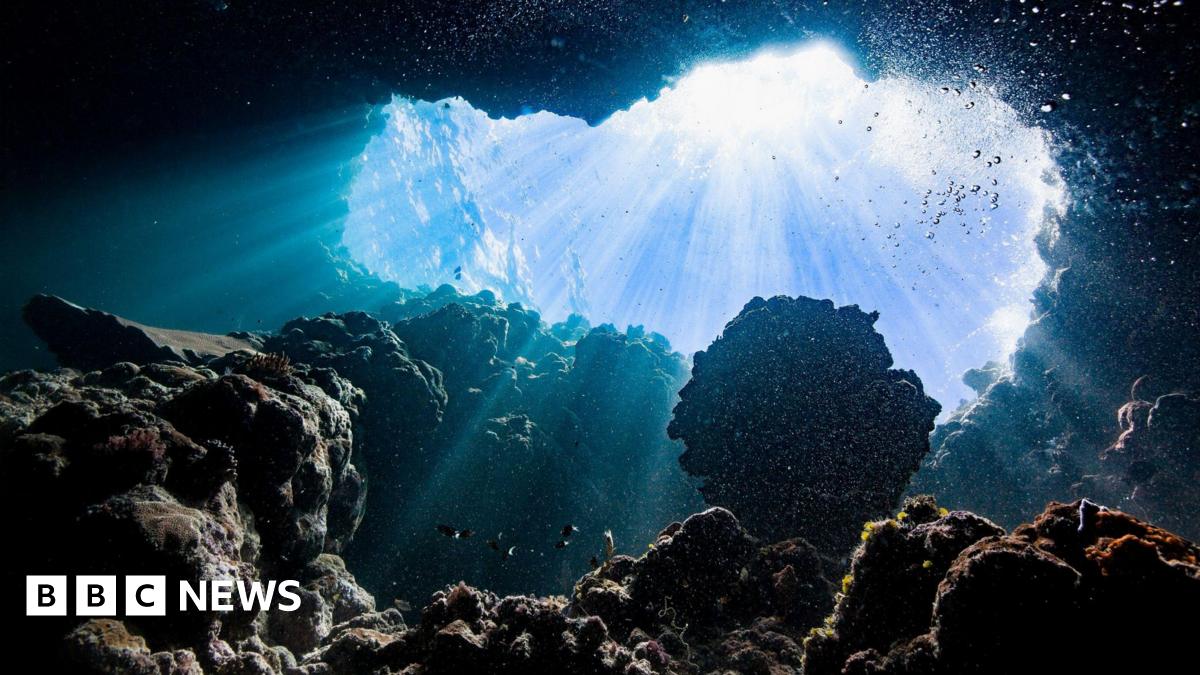Physical Address
304 North Cardinal St.
Dorchester Center, MA 02124
Physical Address
304 North Cardinal St.
Dorchester Center, MA 02124

The initial, biologically baffling findings were published last year in the journal Nature Geoscience. They came from several expeditions to the deep sea region between Hawaii and Mexico, where Prof Sweetman and his colleagues sent sensors to the seabed – about 5km (3.1 miles) deep.
The area is part of the sea floor covered in natural metal nodules, which form when metals dissolved in seawater collect on shell fragments – or other debris. It’s a process that takes millions of years.
Sensors installed by the team repeatedly indicated rising oxygen levels.
“I just ignored it, Prof Sweetman told BBC News at the time, “because I was taught that you only get oxygen through photosynthesis”.
Eventually, he and his friends stopped ignoring their readings and set out to understand what was going on. Experiments in their lab – with nodules that the team collected submerged in beakers of seawater – led scientists to conclude that metal lumps that make oxygen out of seawater. Nodules, they found, are generated by electric currents that can split (or electrolyze) seawater molecules into hydrogen and oxygen.
Then came the backlash, in the form of rebuttals – posted online – from scientists and from seabed mining companies.
One of the critics, Michael Clarke from the Metals Company, a Canadian deep sea mining company, told BBC News that this criticism focused on “the lack of scientific rigor in experimental design and data collection”. Basically, he and other critics claim there is no oxygen production – only bubbles that the equipment produces when collecting samples.
“We have ruled out that possibility,” Prof Sweetman said. “But this (new) experiment will provide the proof.”
This seems to be a niche, technical argument, but several multi-billion pound mining companies have explored the possibility of harvesting tons of this metal from the seafloor.
The natural deposits they are targeting contain metals essential to making batteries, and demand for those metals is growing rapidly as many economies switch from fossil fuels to, for example, electric vehicles.
The race to extract those resources is causing concern among environmental groups and researchers. More than 900 marine scientists from 44 countries have signed the petition, In addition highlighting environmental risks and calling for a delay in mining activities.
Speaking about his team’s latest research mission at a press conference on Friday, Prof. Sweetman said: “Before we do anything, we need – as much as possible – to understand the ecosystem (deep sea).
“I think the right decision is to hold off until we decide whether this is the right thing to do as a global society.”